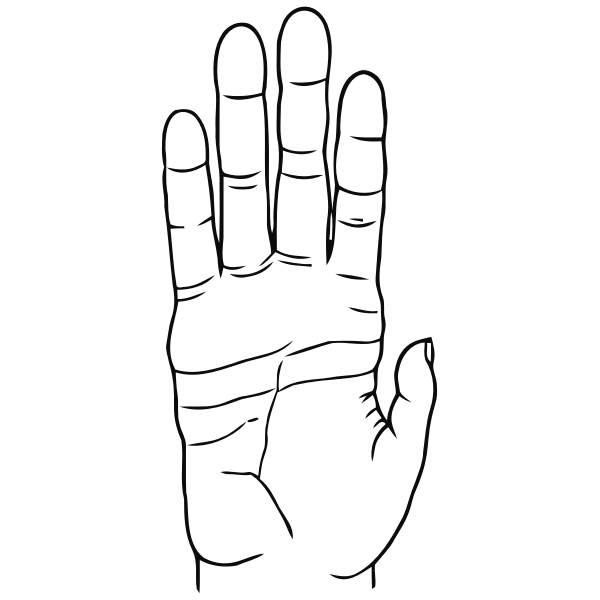

Hugh Sinclair’s description of the book and the drawing. The present article is the result of the collaborative research that followed. She contacted Michiel Roscam Abbing, guest curator of the exhibition. 6 Her piece caught the attention of Katherine Kalsbeek in Vancouver. Nina Siegal reviewed the exhibition for The New York Times. Next to it was a seventeenth-century map of Guinea in Africa, on which the same animal (actually a chimpanzee), appears in the same seated position. The book was exhibited opened to the page with the engraving (Fig. Never before had such a human-like animal reached the European continent alive. 5 A similar interest surfaces in Tulp’s book. Rembrandt was fascinated by unfamiliar animals from distant regions and his drawings of the elephant Hansken bear witness to this. Recently a new impulse arose at the UBC to investigate this matter further.Īt the Rembrandt House Museum in the summer of 2021 another copy of the 1641 edition of the Observationum Medicarum appeared in the exhibition Hansken. With Katherine Kalsbeek, Head of Rare Books and Special Collections, she began to investigate the basis for this attribution. In 2017, while researching the Gibson Collection, Charlotte Beck, a librarian at UBC re-discovered Sinclair’s inventory of the collection he sold to UBC in 1965 and the note in the original catalogue record for Tulp’s Observationum Medicarum, “attributed by some to be by Rembrandt,” caught her attention. William Gibson (Professor and Head of the History of Medicine and Science Department): “We’re not making it a cause celebre” and explaining that the university had no plans to get experts to verify or disprove whether the drawing was an original Rembrandt. An article in the Vancouver Sun (March 24, 1966) entitled, UBC has puzzle painting, reflects caution when quoting Dr. Sinclair about the sale “… including a copy of Tulp’s Observations worth 3,000 pounds and containing a drawing attributed to Rembrandt”. The Oxford Times (February 25, 1966) quotes Dr. Other newspaper clippings and correspondence in the acquisition files pick up the claim. The chalk drawing is the original used to make a copper engraving which is used to illustrate other copies of the Tulp book also in the collection. For example, UBC Reports, a newsletter of the university, made a big splash of the acquisition:Ī rare 1641 edition of a medical text by Nicholaas Tulp, physician to Rembrandt, which has been bound into it a red chalk drawing of a chimpanzee, allegedly by the great Dutch painter. Leiden, Leiden University Libraries, 615F2.Ī review of the Library’s acquisition files revealed that there was a great deal of press coverage concerning the acquisition and the Rembrandt claim.

Tulp, Observationum Medicarum, Amsterdam 1641, p. Unknown artist, Portrait of a chimpanzee. Its existence has also never been signalled in the literature on the discovery of anthropoid apes, for which orangutan was a generic term until the end of the eighteenth century.Ģ. However, the drawing, which is neither dated nor signed, has never been discussed in the literature on Rembrandt. 3 In his description, Sinclair presumes this drawing to be the original from which the engraving for the plate was made and argues that it was drawn by Rembrandt. 1) whereas in other copies of this edition, one finds a print of the same composition, in mirror image (Fig. In UBC’s copy of the first edition, there is an original red chalk drawing representing a seated ‘Orang-outang’ (Fig.
#CHIMPANZEE HAND PRINT FULL#
While most of the items in the list are brief records with some minor annotations prepared by the collector, Hugh Sinclair, there is one full page detailing his copy of the Observationum Medicarum of 1641, written by the Amsterdam physician and surgeon Nicolaes Tulp (1593-1674).

An inventory, listing the contents of the 65 tea chests containing approximately 7000 books, accompanied the purchase. 1 The purchase of this collection forms a significant portion of the Gibson Collection of Medicine and Science. In 1965, the University of British Columbia (UBC) Library acquired the collection of historical medical books from the medical researcher Hugh Macdonald Sinclair (1910-1990). In this article we will examine the evidence and unravel a Rembrandt myth, which to this date has remained under the radar of Rembrandt specialists.ġ. Hugh Sinclair, its last private owner, believed it was the preparatory drawing for the print, and that it was drawn by Rembrandt. The University of British Columbia (UBC) Library owns a copy of the book in which an original red chalk drawing occupies the place of the engraving. A book by the prominent 17 th-century Dutch physician and acquaintance of Rembrandt, Nicolaes Tulp, contains a print of an anthropoid ape.


 0 kommentar(er)
0 kommentar(er)
